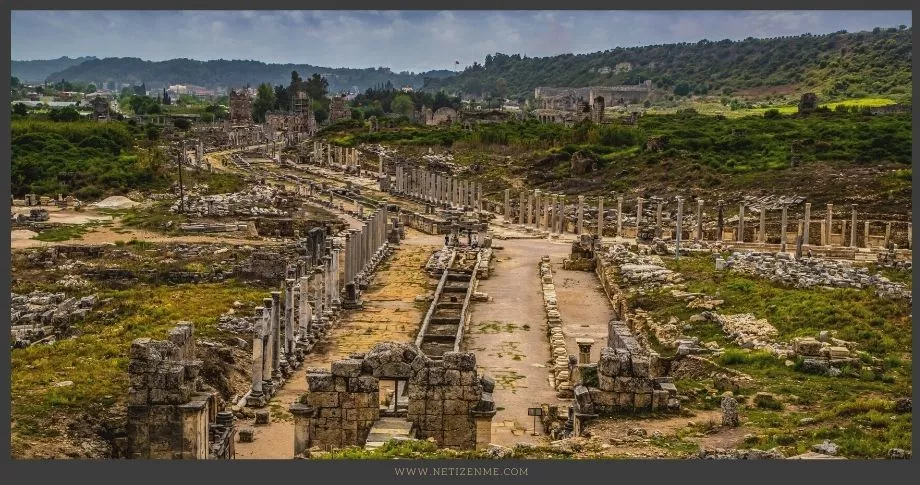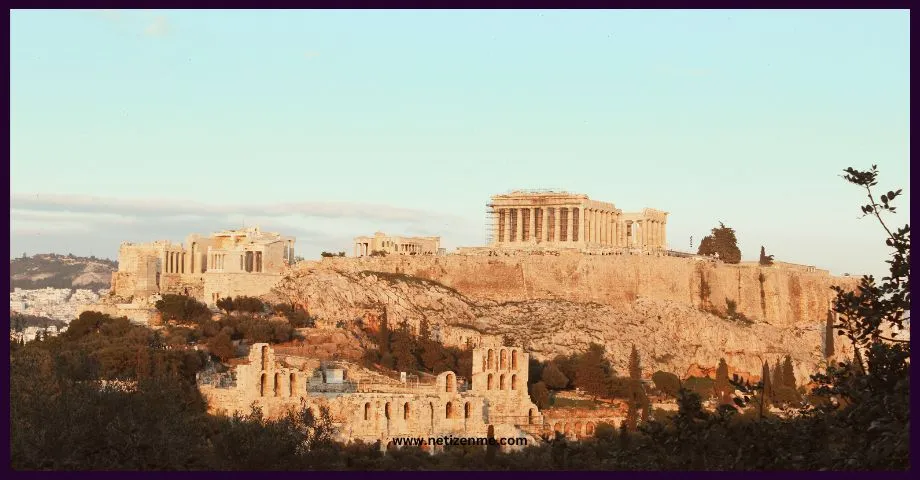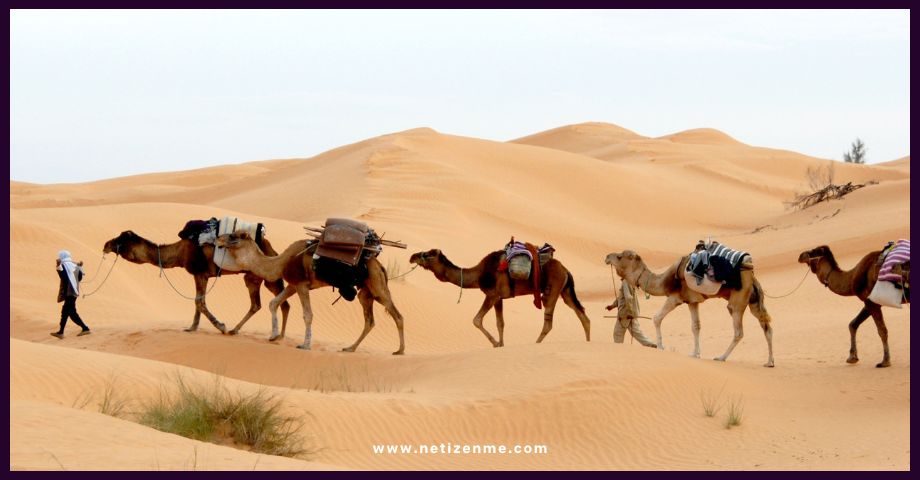Situated at the crossroads of civilizations and with historical significance, Carthage emerges as a pivotal focal point that encapsulates the complex interplay of cultures, politics, and power dynamics in the ancient Mediterranean world. In this article, we will describe the place of Carthage in ancient Greek and Roman history.
What is the brief history of ancient Carthage?
What is Carthage? Carthage was an ancient Phoenician city-state located on the coast of modern-day Tunisia in North Africa. Founded in the 9th century BCE, it quickly grew into a powerful and influential city-state, becoming a major player in the politics and economy of the Mediterranean world.
Carthage is most well-known in ancient Greek and Roman history for its conflicts with the Greek and Roman empires. The city-state engaged in a series of wars with the Greeks, known as the “Punic Wars,” which began in the late 3rd century BCE.
- The first Punic War (264-241 BCE) was fought primarily in Sicily and saw Carthage ultimately defeated by Rome.
- The second Punic War (218-201 BCE) was fought primarily in Italy and Spain. Carthage, led by the famous general Hannibal, achieved several significant victories against Rome before ultimately being defeated.
- The Third Punic War (149-146 BCE) saw Rome finally destroy Carthage and annex its territories.

Role in the economy of the ancient Mediterranean world
In addition to its conflicts with the Greeks and Romans, Carthage played a significant role in the economy of the ancient Mediterranean world. The city-state was a major center for trade, particularly in metals and textiles, and had extensive trade networks that reached as far as Spain, Italy, and the western Mediterranean. The Carthaginians also established colonies and trading posts throughout the Mediterranean, including modern-day Tunisia, Algeria, Morocco, and Spain.
Advanced level of civilization
Carthage was also known for its advanced level of civilization. The city-state had a well-organized government, a strong navy, and a professional army. The Carthaginians were also known for their skills in engineering and architecture, and the city was known for its impressive fortifications and public works. They had a polytheistic religion with a pantheon of gods, similar to the Greek and Roman religions.
A melting pot of cultures
Carthage was also a melting pot of cultures, with a diverse population that included Phoenicians, Greeks, Romans, and other peoples from across the Mediterranean. The city-state was a center of intellectual and artistic activity and was home to poets, philosophers, and scholars.
Destruction of Carthage
Despite its significance in ancient Greek and Roman history, the Romans ultimately destroyed Carthage in 146 BCE, and its ruins were later used as a source of building materials. Today, the ruins of Carthage are a UNESCO World Heritage Site, and excavations have uncovered many of the city’s ancient buildings and artifacts, providing insights into the history and culture of this once-great city-state.
In conclusion, Carthage was a powerful and influential city-state in ancient Greek and Roman history, known for its conflicts with the Greek and Roman empires, its role in the economy of the ancient Mediterranean, its advanced level of civilization, and its diverse population. Despite its destruction by the Romans, the ruins of Carthage remain an essential source of information about this ancient civilization.
- Athens and Sparta
- The Success of The Delian League
- Treatment of Outlying Latium Towns During Roman Rule
- The Importance of Concrete and Arch in Rome
- Roman Housing Styles – Roman Domestic Architecture
- Slavery in the Archaic Roman History
- End of the Athenian Golden Age
- Why Were Plebeians So Important to Rome?
- Comparison of the Parthenon and the Pantheon
- Provinces – Territorial Subdivisions of The Roman Empire
- Forms of Government in Ancient Greek
- The role of the polis in Archaic and Classical-era Greece
- Sophisticated Roman Technology
- What is the Difference Between Ancient Greek And Roman Mythology?
- Carthage in ancient Greek and Roman history
This article is written by:
Our professional writers and editors are passionate about sharing high-quality information and insights with our audience. We conduct diligent research, maintain fact-checking protocols, and prioritize accuracy and integrity to the best of our capacity.
You can cite our articles under the author name "Netizenme"




